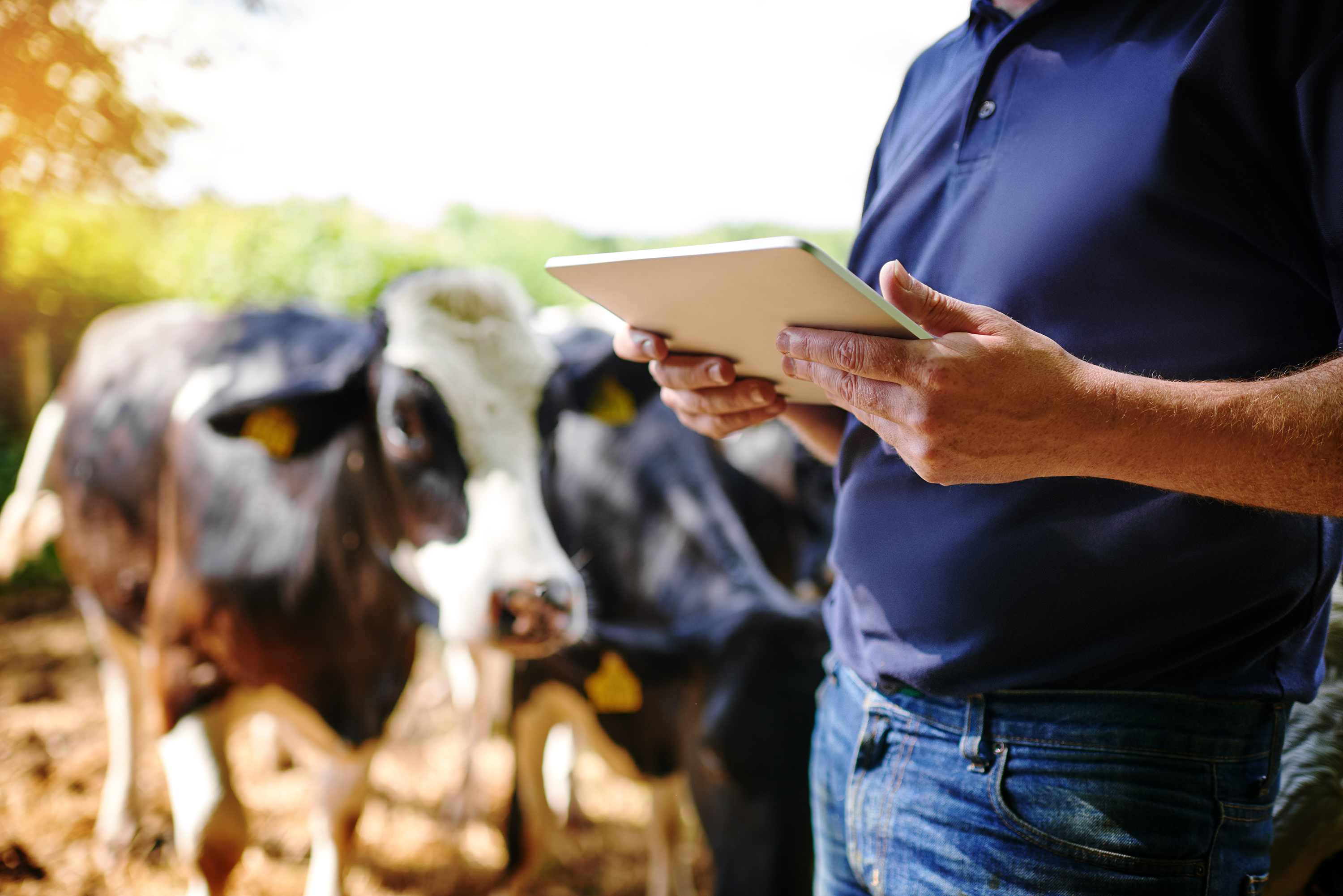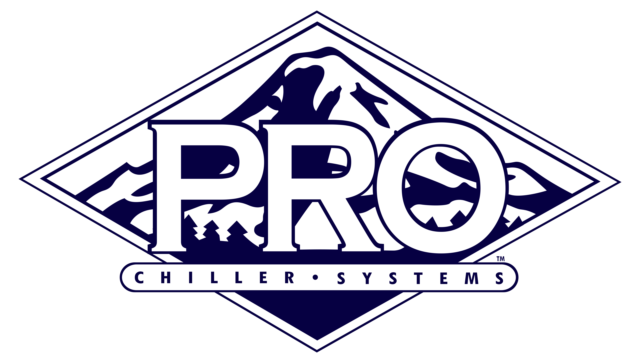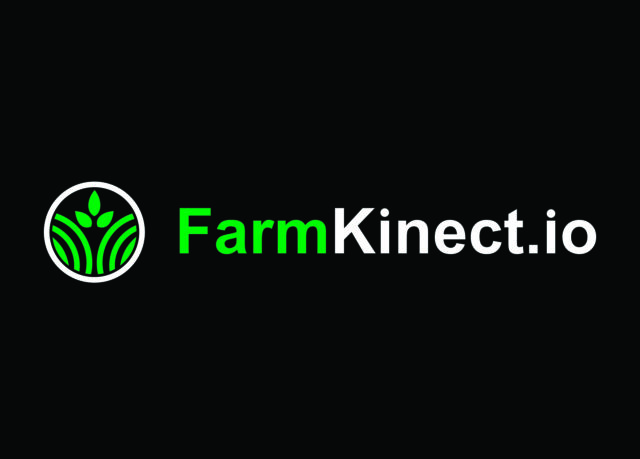Progress is often driven by technology and innovation. With the help of constant evolution, efficiency reduces error and the need for manual operation. Total Farm Automation (TFA) can leverage technology to simplify your farm operations.
TFA is an easy tool that brings multiple controls into one powerhouse that can be accessed remotely.
Most people think of automation and they think, “Why would I need that? I can just do it myself.” The reality is: Automation is so much more than a solution for being lazy. When it comes to automating your farm, the results are seen as three key benefits: First, you know that the task is done right, every time. Second, there is a reduction in the labor of having someone manually complete the action. Lastly, and maybe the most important benefit of all, is the improvement of both cow comfort and performance thanks to consistently meeting the needs of the animal.
Here’s how each of these benefits are achieved.
1. You know it’s done right, every time. How many times have you “assumed” the tank was started and the hose disconnected after a wash? Or maybe the outside temperature spikes and everyone thinks someone else on the farm turned on the barn fans? With automation, both situations can be thoughts of the past for your farm. How about when you are enjoying a peaceful night’s sleep on a hot summer evening when a thunderstorm blows in. Thanks to automation, you can rest easy knowing the sensor will detect rain and immediately close the curtain to keep the stalls dry. And if there is still a question about whether something is done, a quick glance of a cellphone app gives you the confidence you need to know things are working properly. Automation makes sure things get done, the right way, every time.
2. Reduced labor. No matter how quick a task can be done, it still takes time for someone to complete it. Whether that is you or an employee, there is still a time component involved, and time is money. Automation takes all of the little 10- to 30-minute jobs and eliminates them from your day, leaving time to complete other more important tasks around the farm. And don’t discount the fact that your time is worth something. Just because you aren’t paying someone to complete a task does not mean there isn’t a cost associated with the time to complete it.
3. Better for cows. Probably the biggest benefit of automation is for your cows. Cows love consistency. They like an environment that is controlled and exactly the same every day. By incorporating automation into everyday jobs around your cows, you take the guesswork out of what the cows need and have the assurance that you are delivering exactly what they need, when they need it. For example, providing a controlled amount of daylight can improve milk production. No need to come to the barn early or stop back later to turn the lights on and off. Those can both be automated in TFA. By catering to the daily needs of the cows, you help create an environment that allows them to reach their maximum potential.
So what exactly can be incorporated into a TFA? Anything that can be controlled automatically can be part of a TFA (Photo 1).
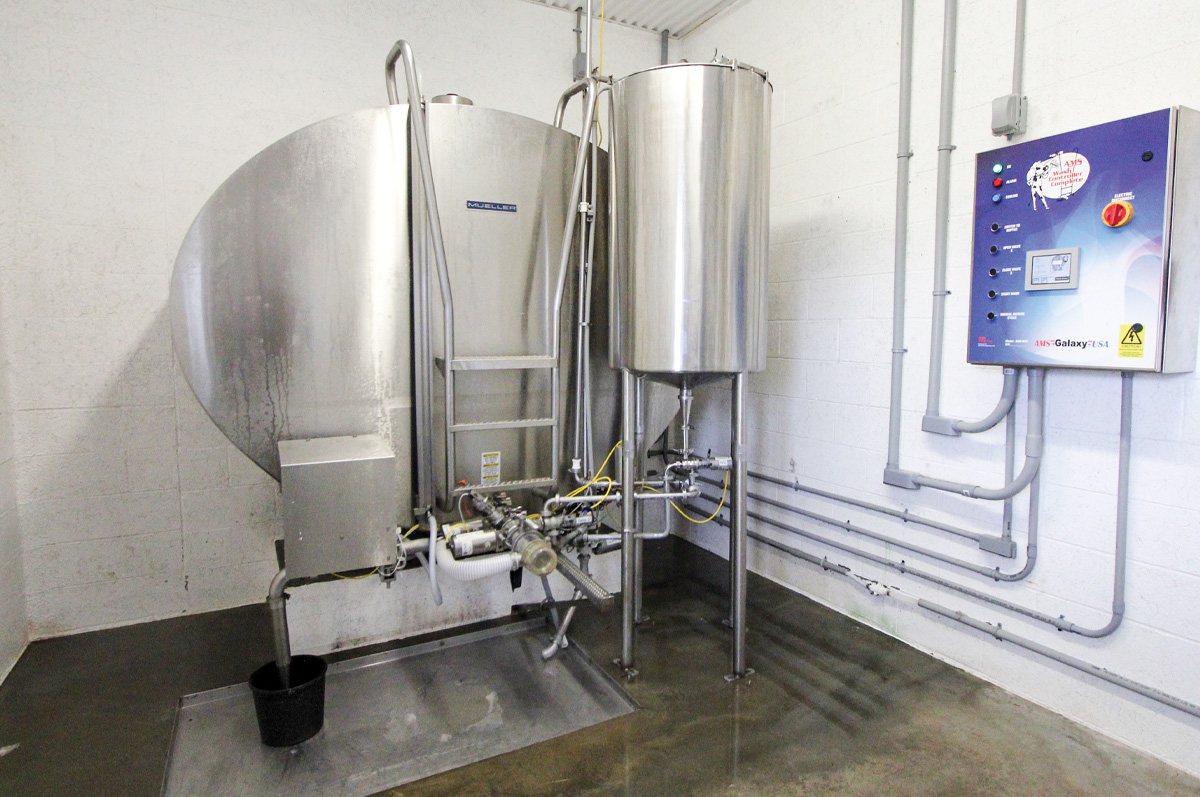
This is one of the most challenging aspects of a TFA – deciding what you do or do not want to have controlled remotely. When someone knows what they want to control, it is easy to incorporate them into a program. But when someone doesn’t know what they want in their automation, the options are truly endless. Some of the most common examples of TFA activities include:
- Fans: Can be controlled based on ambient temperature, wind speed or based on activity (such as during bedding times)
- Lights: Adjusted based on time of day and location (such as night lights above water troughs)
- Curtains: Opened and closed according to temperature, wind or rain sensor (Photo 2)

- Milk tank wash controls and milk temperature monitoring (Image 3)
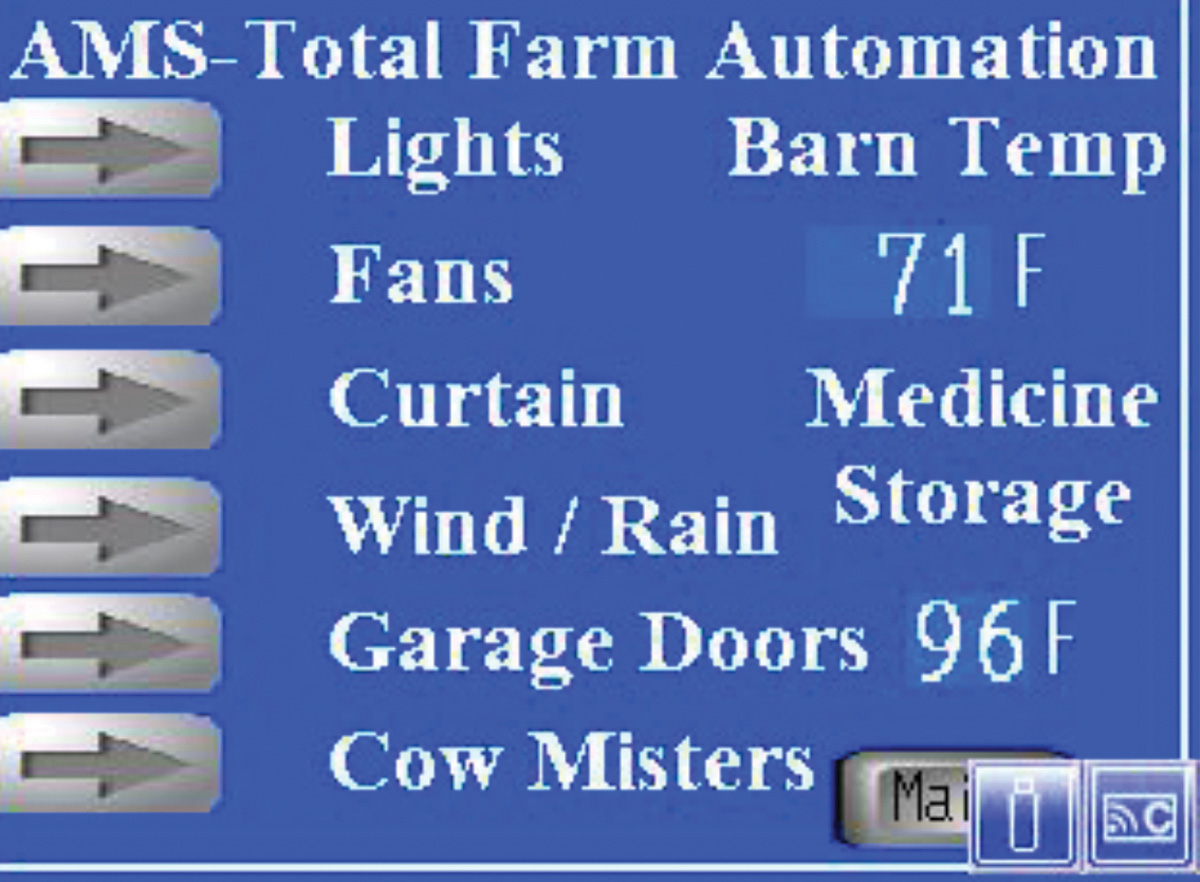
- Monitor plate cooler performance
However, TFA is capable of handling so much more:
- Accurately and consistently measure feed ingredients into TMR mixers
- Monitoring teat dip pump run time to prevent teat dip loss in a leak event
- Ultrasonic level reading of milk house chemicals or teat dips in drums and totes (Photo 4)
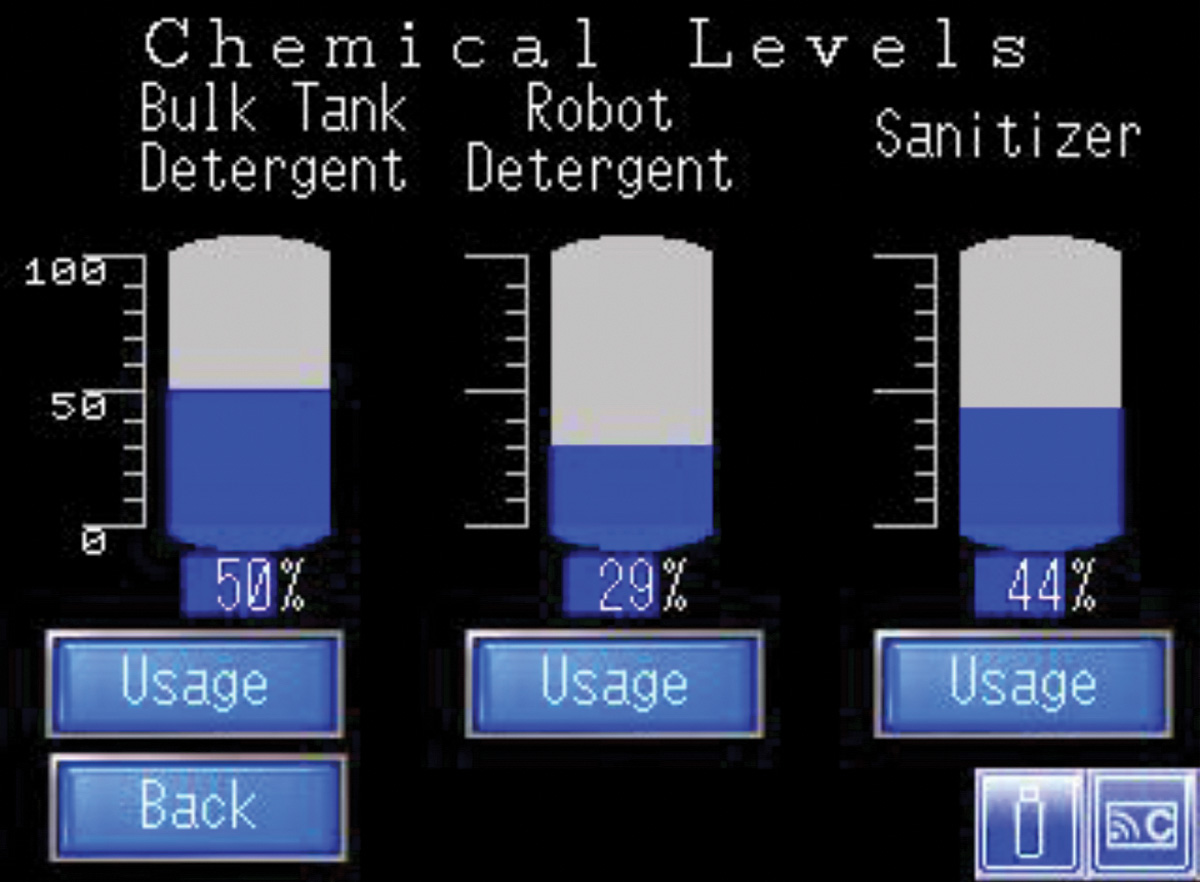 Total Farm Automation display showing that it controls lights, fans, curtains, garage doors, cow misters and medicine storage based on wind, rain and barn temperature.
| Photos courtesy of AMS Galaxy.
Total Farm Automation display showing that it controls lights, fans, curtains, garage doors, cow misters and medicine storage based on wind, rain and barn temperature.
| Photos courtesy of AMS Galaxy.
- Monitoring vacuum levels or milk temperature
- Water flow monitoring and low-pressure alarms
- Monitor temperature in critical refrigerators with cow medicine and vaccines
- Mix and measure concentrated teat dips automatically
What’s even more important than TFA controlling functions on the farm is that they also have the ability to monitor systems, then alert you to potential problems or make needed adjustments to the system. Catching a minor problem before it becomes a major issue can save you hundreds or thousands of dollars and a whole lot of headaches.
The net result of automating your farm comes down to less labor and better cow environments. When you improve the environment of your cows, you always have better health and production. Total farm automation really comes down to improving your farm performance and bottom line.
